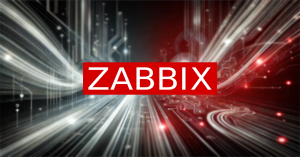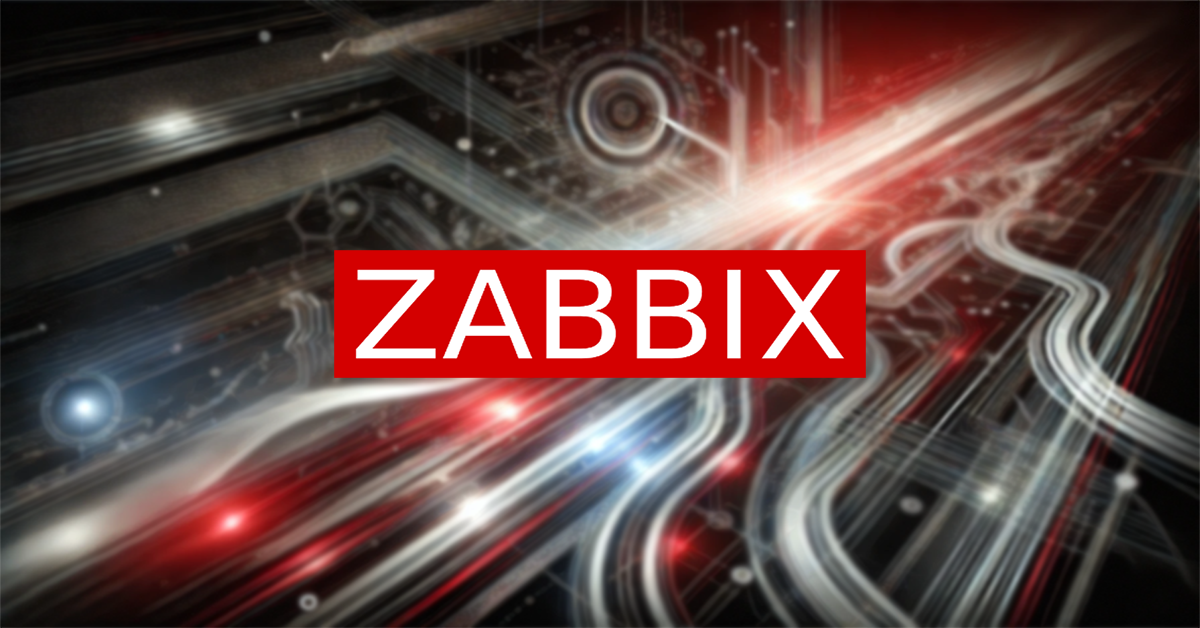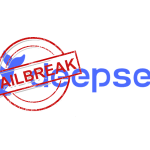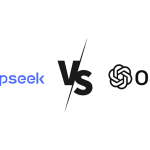Critical SQL Injection Vulnerability in Zabbix: What You Need to Know
Open-source enterprise network and application monitoring provider Zabbix has disclosed a critical SQL injection vulnerability CVE-2024-42327 that poses a severe risk to its users. This vulnerability, tracked as SQL injection vulnerability CVE-2024-42327, scored a whopping 9.9 on the Common Vulnerability Scoring System (CVSSv3), indicating the potential for catastrophic system compromise if exploited. Zabbix is urging all users to upgrade their systems immediately to mitigate this threat.
SQL injection vulnerability CVE-2024-42327: The Details
The newly discovered SQL injection (SQLi) vulnerability affects multiple versions of Zabbix, including:
- 6.0.0 to 6.0.31
- 6.4.0 to 6.4.16
- 7.0.0
The vulnerability exists in the CUser class, specifically in the addRelatedObjects function, which is accessed via the CUser.get function. According to the official Zabbix advisory, any non-admin user account on the Zabbix frontend with API access can exploit this vulnerability, making it relatively accessible to those with malicious intent.
To protect their systems, users should upgrade to the following versions:
- 6.0.32rc1
- 6.4.17rc1
- 7.0.1rc1
These upgrades are available now and are critical to closing the security gap that could be used for privilege escalation and other cyberattacks.
Why Is This Vulnerability So Critical?
SQL injection vulnerabilities have been around for decades and are considered a prevalent and easy-to-exploit defect. In fact, SQLi vulnerabilities currently account for approximately 10% of the vulnerabilities listed in the Cybersecurity and Infrastructure Security Agency (CISA) known exploited vulnerability (KEV) catalog. The potential consequences are severe, as SQLi vulnerabilities are often linked to ransomware attacks and data breaches.
High-Profile Victims at Risk
The attack surface is particularly large given the widespread usage of Zabbix by major organizations around the world. Zabbix lists high-profile clients such as:
- Altice
- Bupa Chile
- Dell
- European Space Agency
- Seat
- T-Systems
- Vodacom
This vulnerability, if left unpatched, could compromise the security of numerous enterprises across both public and private sectors. Organizations using Zabbix should prioritize updates to protect sensitive data and maintain operational integrity.
SQLi: An ‘Unforgivable’ Flaw
Earlier this year, CISA and the Federal Bureau of Investigation (FBI) began ramping up their Secure by Design initiatives, calling on software developers to eliminate major vulnerabilities, like SQL injection, at the outset of development. The agencies highlighted that vulnerabilities like SQL injection vulnerability CVE-2024-42327 are among those that should have been eradicated long ago.
In fact, both agencies referred to SQL injection vulnerabilities as “unforgivable,” emphasizing that software vendors must be held accountable for shipping products that are vulnerable to such exploits. SQL injections are included in CWE-89, which has been on the list of the Top 25 Most Dangerous and Stubborn Software Weaknesses since 2023. The recent spate of data thefts, such as those involving Progress Software’s MOVEit Managed File Transfer (MFT), are stark reminders of the potential devastation these flaws can cause.
For context, the MOVEit breach, which leveraged an SQL injection vulnerability SQL injection vulnerability CVE-2024-42327, impacted 2,773 organizations and compromised the personal data of nearly 96 million individuals. The FBI and CISA have urged all software vendors to implement rigorous code review processes and secure software practices to avoid such security disasters.
How to Protect Your Zabbix Deployment
The best action for Zabbix users is to immediately upgrade to the latest patched versions. Additionally, there are general security practices that can further enhance the protection of your Zabbix deployment:
1. Update Regularly
Always keep your Zabbix and other software updated to the latest stable version. Vulnerabilities are often patched in newer releases, so being up-to-date helps in mitigating these risks.
2. Minimize User Privileges
Limit the access level of non-admin accounts wherever possible. In this particular case, SQLi can be exploited by any account with API access. Reducing the privileges granted to non-admin users significantly reduces the risk.
3. Monitor System Logs
Regularly review system logs for suspicious activity, especially failed login attempts and unusual API usage. Identifying patterns of attempted attacks can help mitigate risks before they result in significant damage.
4. Conduct Penetration Testing
Perform penetration testing to identify any weaknesses in your deployment before attackers do. Identifying and fixing vulnerabilities proactively is key to maintaining a secure infrastructure.
5. Utilize Web Application Firewalls (WAF)
Deploying a Web Application Firewall can help detect and block common injection attacks, adding an extra layer of protection between your application and potential threats.
The Bigger Picture: Preventing SQL Injection Vulnerabilities
SQL injection vulnerabilities like SQL injection vulnerability CVE-2024-42327 continue to plague software systems because they often stem from basic coding errors, such as not sanitizing user inputs correctly. This underscores the importance of adopting a Secure Software Development Lifecycle (SDLC) that integrates security from the beginning.
Secure Coding Practices
Developers should use parameterized queries and prepared statements to prevent SQLi attacks. Education is also key—programmers should be trained in secure coding techniques, and organizations should foster a security-first culture.
Holding Vendors Accountable
As suggested by the FBI and CISA, consumers and enterprises using third-party software should pressure vendors to provide assurances about the security of their products. This means demanding thorough code reviews, prompt vulnerability disclosures, and swift patch releases.
Conclusion: Stay Vigilant
The disclosure of the SQL injection vulnerability CVE-2024-42327 serves as yet another reminder of the persistent risks associated with unpatched software. SQL injection flaws may seem like relics from a bygone era, but their ease of exploitation and potential for significant damage make them dangerous and costly.
If you’re a Zabbix user, upgrading to the latest version is essential to prevent malicious actors from exploiting this critical vulnerability. Furthermore, organizations must adopt a holistic approach to cybersecurity—one that includes regular updates, minimized privileges, and proactive security testing.
Ensure your Zabbix instance is up-to-date today to prevent exploitation. For more insights on cybersecurity threats and how to protect your infrastructure, check out our recent articles on cybersecurity vulnerabilities and follow our updates to stay secure.






